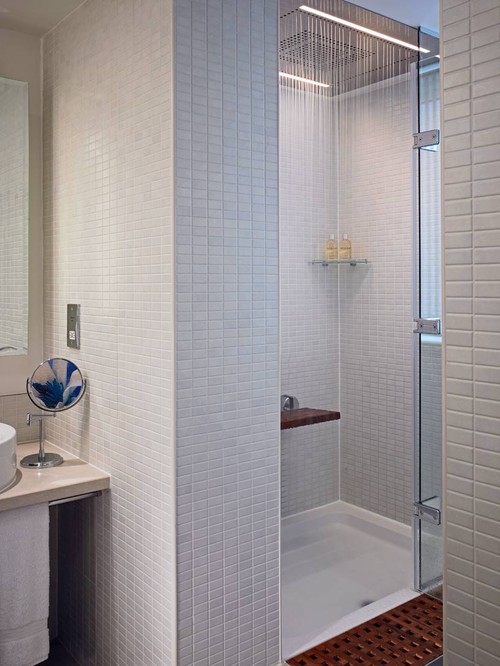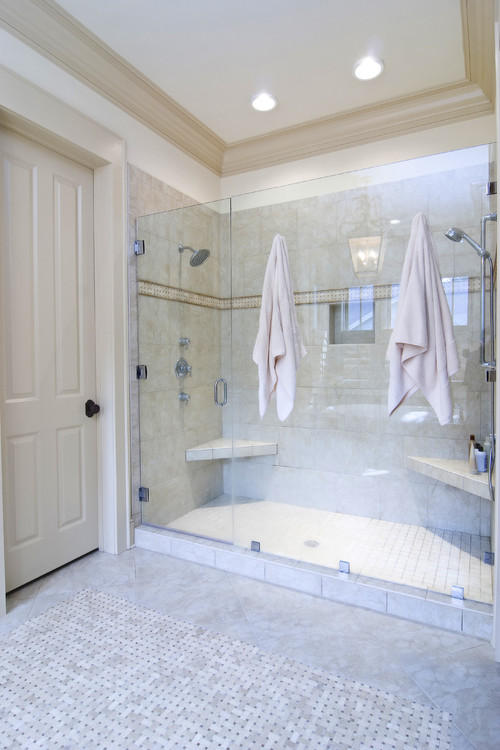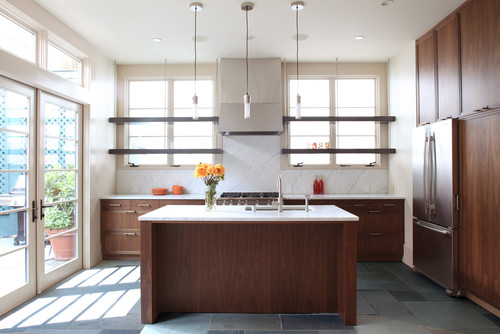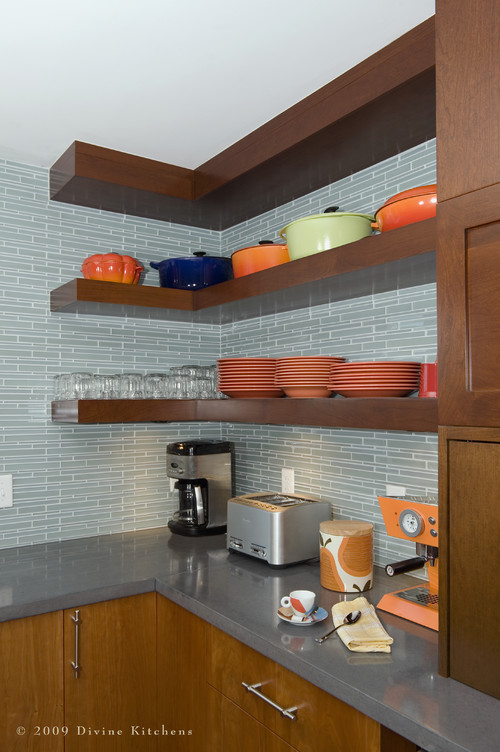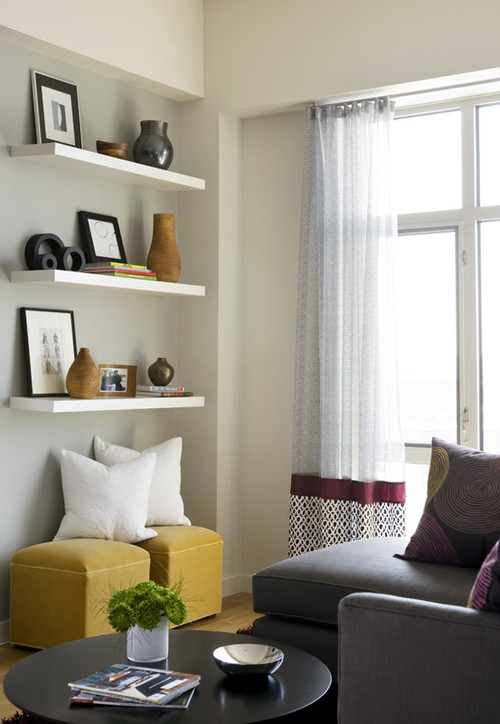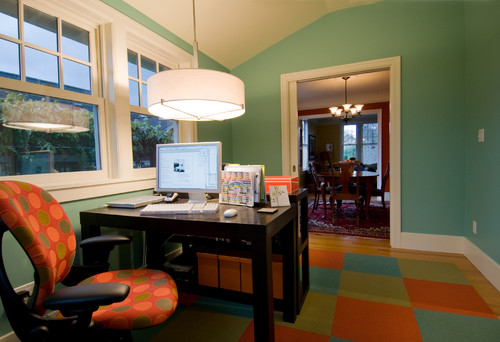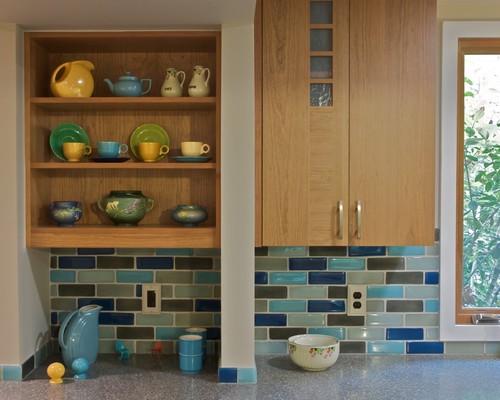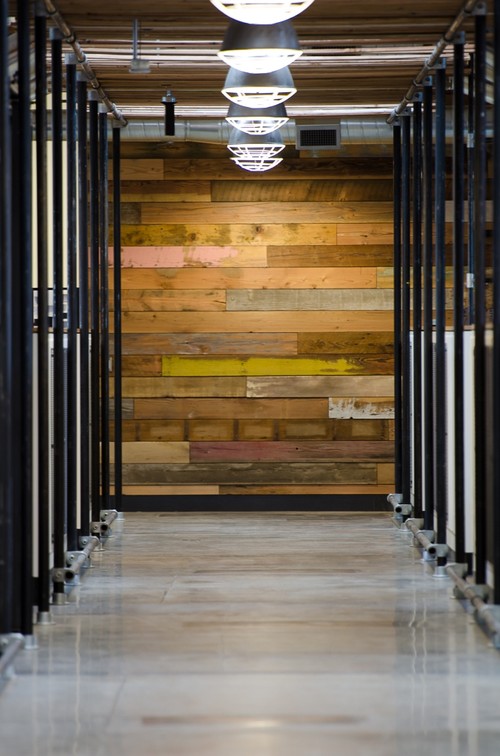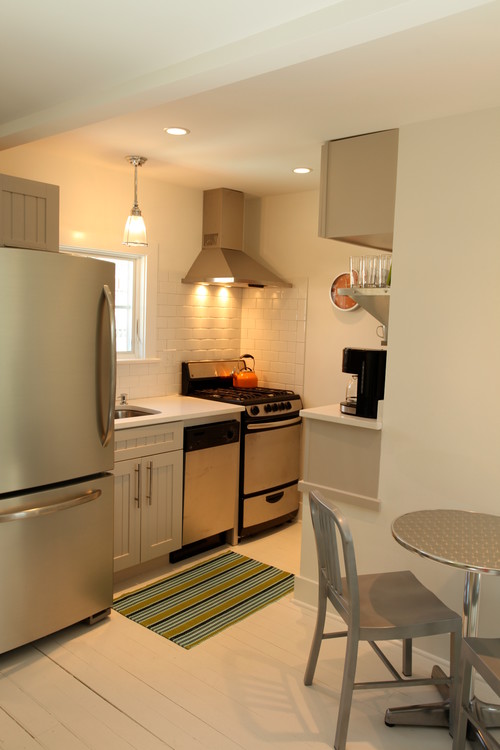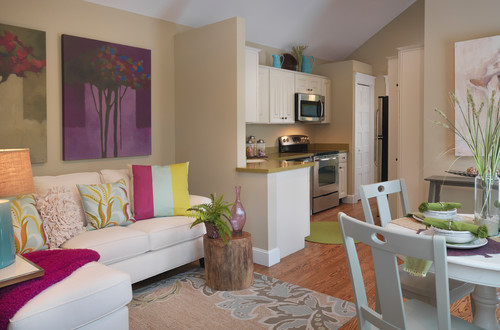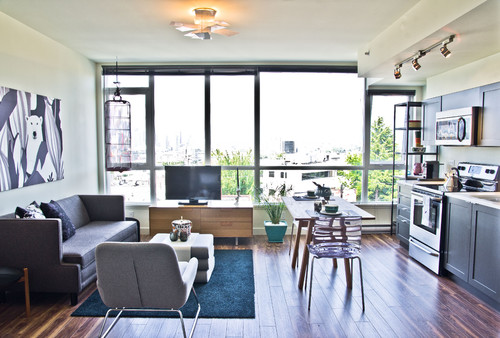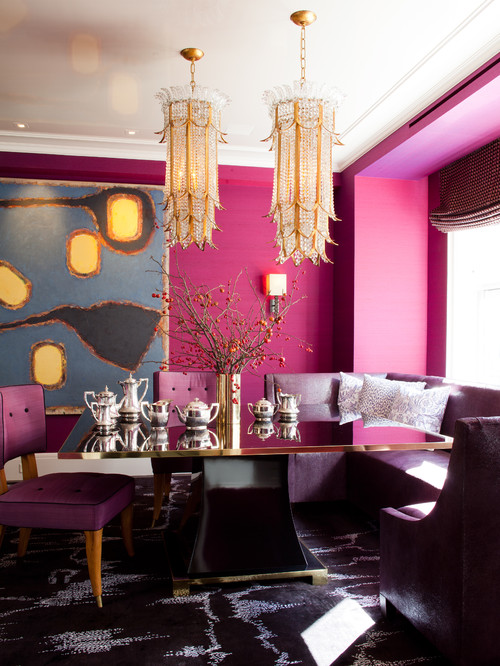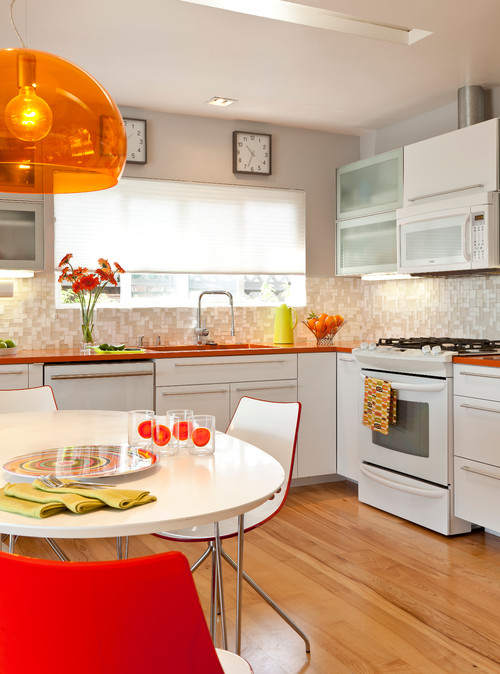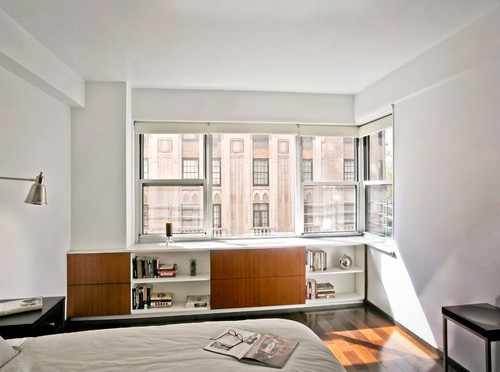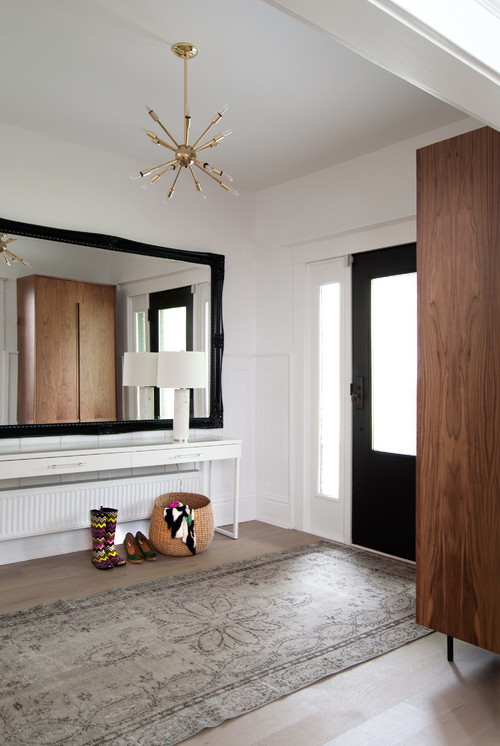Design Dilemma: Decor Trends 2014
Every year brings changes in interior design. One year Chinese garden stools are in, the next it’s faux mooseheads. Suddenly everyone wants a jacuzzi tub, then everyone wants a sauna. Design trends tend to move more slowly than fashion trends, (thank goodness!), and yet, every year does bring some nuance in the way we approach interior design. This year, more people are installing “u sockets” in their homes to accommodate Ipads, Kindles and other electronic equipment. More people are living at home with adult children or elderly parents, and adapting their interiors accordingly. In addition, people are mixing gold and silver, painting walls yellow and investing in furniture of raw woods and metals. Are you curious about what’s hot and not in 2014? Here are a few trends to watch out for:
1.) Showers, not tubs. This trend has been in the making for a while. More and more of us prefer the simplicity of a walk-in shower to the relative complexity of a tub. It makes sense. The population is aging and tubs can get tricky with age. Plus, tubs are often more difficult to clean. The most popular showers are of the walk-in variety shown above and below. They include seating, niches for soap and shampoo, and often, when space permits, double showerheads. Showers that meld seamlessly with existing flooring, without any sort of a waterguard curb are also gaining in popularity.
And here’s another cool look:
2.) Floating shelves. It’s not that cabinets are out, it’s just that more of us want to break up a large expanse of cabinetry with something a little different. Shelving has a more informal, airy feel. The trend has been specially evident in kitchens, as below:
Or here:
But floating shelves are also making a resurgence in dens and living rooms where built-in closed cabinetry once held sway:
3.) Eco-friendly everything. People are fed up with coming home to a chemical bath. So more of us are demanding formaldehyde-free, chemical-free cabinetry, carpets and furniture. Reclaimed wood has taken the furniture world by storm, and so has bamboo floors and cabinets and bed linens of organic cotton. Below, carpet tiles are made of renewable and recycled content and have low VOCs. A few companies even recycle your old tiles if you return them when you’re done.
Below here, recycled glass tile spiffs up a kitchen backsplash:
And here, reclaimed wood paneling:
4.) Down-scaled, down-sized environment. Open, decluttered spaces that are not packed with furniture are still in, as they have been for the last few years. Part of this is a long-term trend toward urban living in smaller spaces. Many baby boomers are unloading their huge McMansions, and opting for much smaller city condos that are closer to city amenities and public transportation. Also, frankly, people’s incomes are not rising fast enough to support a heavy interior design budget. The result is a sleeker, more informal look that is closer to a European style of decorating. The kitchen below is characteristic of the look:
So too is this 700 square foot, two-bedroom home:
And this minimalist city apartment:
5.) Bold color. Out with beige, neutral interiors. As a reaction against all the taupe and white of recent years, more of us are electing to adorn our rooms with bold pops of color, in the form of accent walls, patterned wall-paper and bold furniture colors. Yellow is big in 2014, as is black and white. Sometimes the color can be extremely bold in the form of wall color choices and furniture choices, as you see below. Wow, now that’s color!
At other times, color comes in the form of small pops that make a big statement, as in the light fixture and counter choice below:
The takeaway for 2014 is this: our homes are becoming, smaller, simpler, increasingly uncluttered and more personal. People have tired of the neutral, staged, catalog look that was in vogue a few years back. Increasingly, they are looking for a space that reflects their own personal style, that is not afraid of color, pattern and personality. Looks like we’ll be ringing in the new year in grand style!
A Luscious Lakeside Home in Argentina
A magical house in Argentina’s Buenos Aires province is designed by Fritz + Fritz Arquitectos.
There’s a glamor to the deep recess under the upstairs wing that is even better seen from the interior.
On arrival home, you’d be greeted by a very novel view.
You look under the bedrooms, across grass and then out over the paving, towards the lights of neighbouring houses across the water.
To generate that generous outdoor gallery space underneath the master bedroom, the bedroom floor is in a U shape.
Underneath the U shaped bedroom floor, the public ground floor is a L shape, cradling the lake view. Read the rest of this entry »
Design Dilemma: Making the Most of Radiators
It’s a fact of life in cold weather climes — radiators are an important home feature. So why are radiators so ugly? In Europe, radiators are celebrated with sleek or whimsical designs that resemble sculpture. For instance, the radiator below, “Twisted Radiator” by Marco Dessi, could easily adorn a wall at a Museum of Contemporary Art.
The same could be said of this pretzel-like radiator by Oreca Design:
Or this Rock and Roll radiator by Karim Rashid:
And just because radiators are cool doesn’t mean they have to be “loud.” Cool, sculptural radiators can also be different, while remaining quietly in the background, like the curvaceous beauty below. In a bathroom, it can serve as a place to keep towels warm:
Or the Spring hydraulic radiator from Hellos:
Or this radiator, resembling a wall sculpture by Kwart:
See how much creativity can be applied to something as simple as keeping warm? Unfortunately, in the United States, utilitarianism has completely usurped the potential for beauty when it comes to home radiators. And most of us, unfortunately, are stuck with functional but ugly radiators. If that’s your case, the next possibility is making them disasppear. Here are a few ideas:
Invest in a custom cover like the one below:
Or perhaps a radiator bookshelf, like these:
Or this:
Although radiator covers lack the “cool” factor of the European designs, they do permit the radiator area to be used as storage and display space, which can be critical in the small apartments in the Northeast in which conventional radiators are usually found.
Even if you can’t cover a radiator completely, you can still add a little beauty and functionality by adding something as simple as a marble shelf on top, or covering a radiator with a furniture piece that helps the radiator disappear. Here is a good example below:
So you see, radiators offer a whole lot of possibilities. Enjoy the warmth and a little beauty too!
